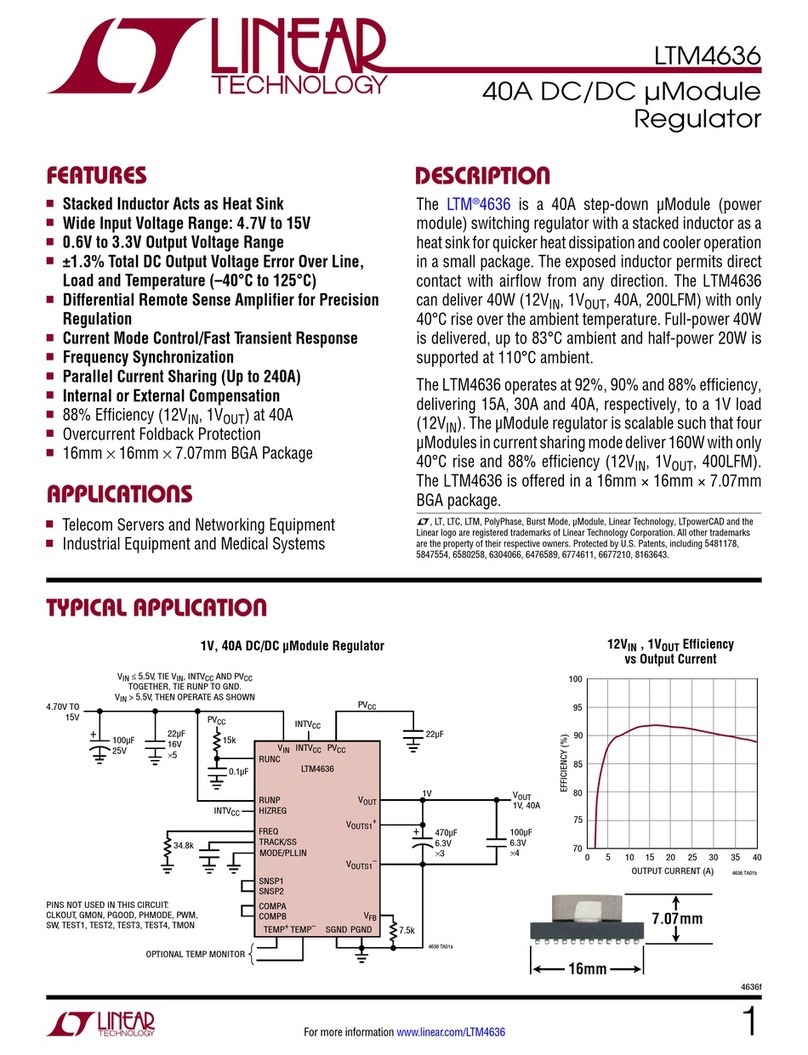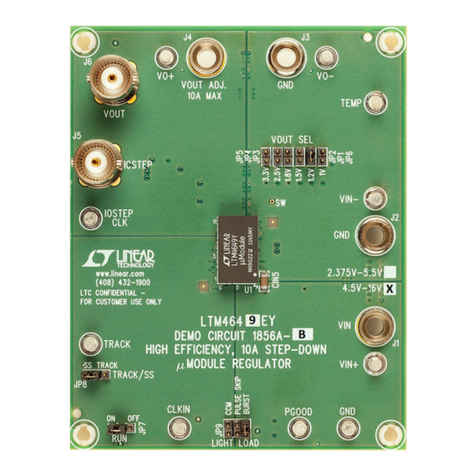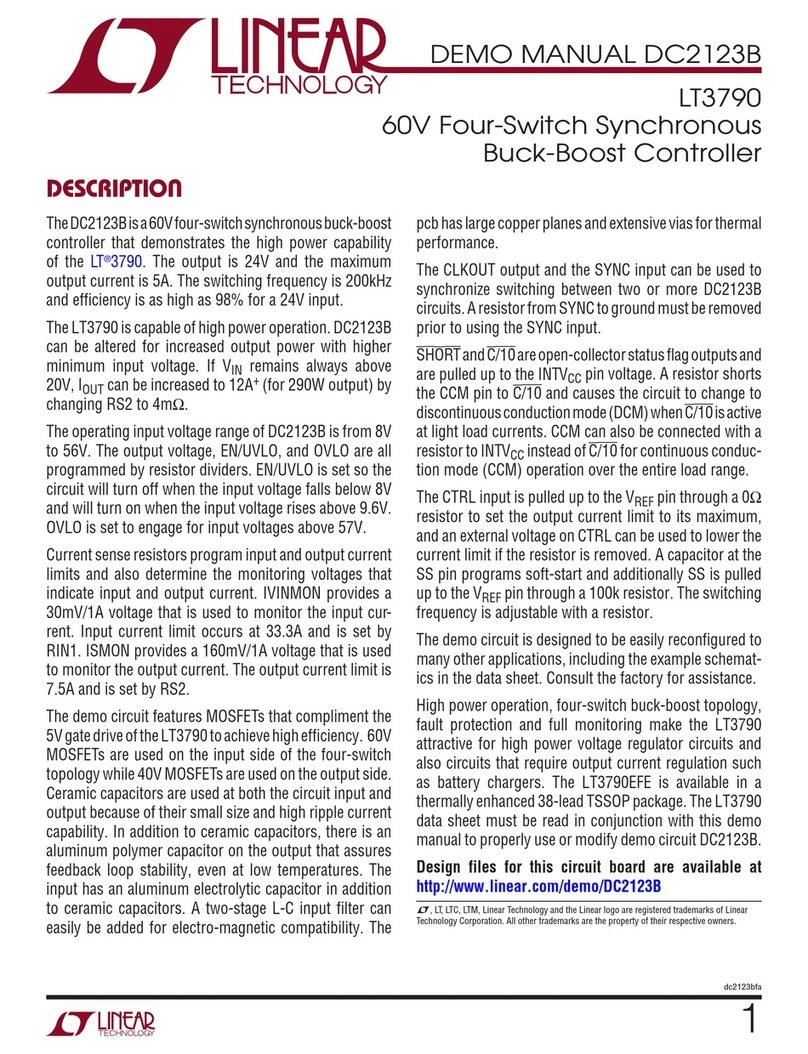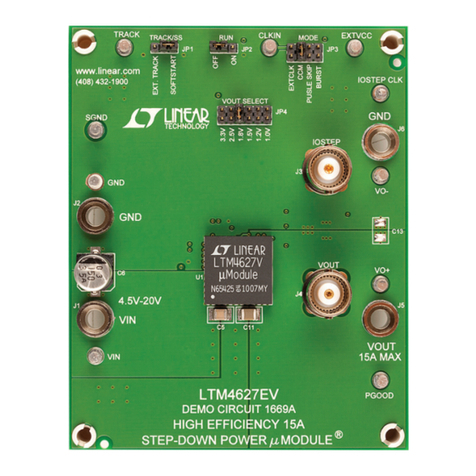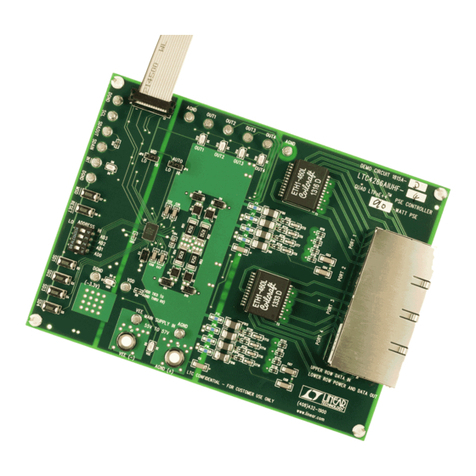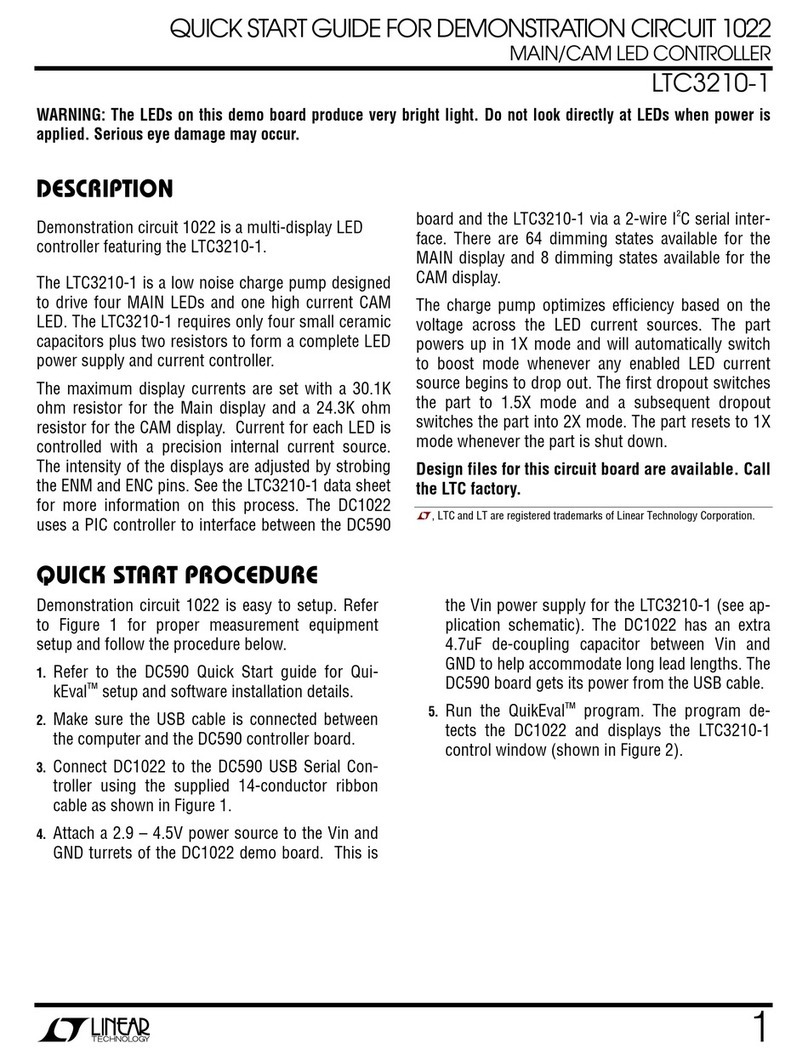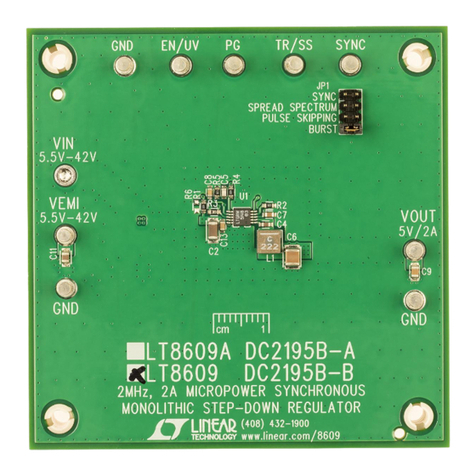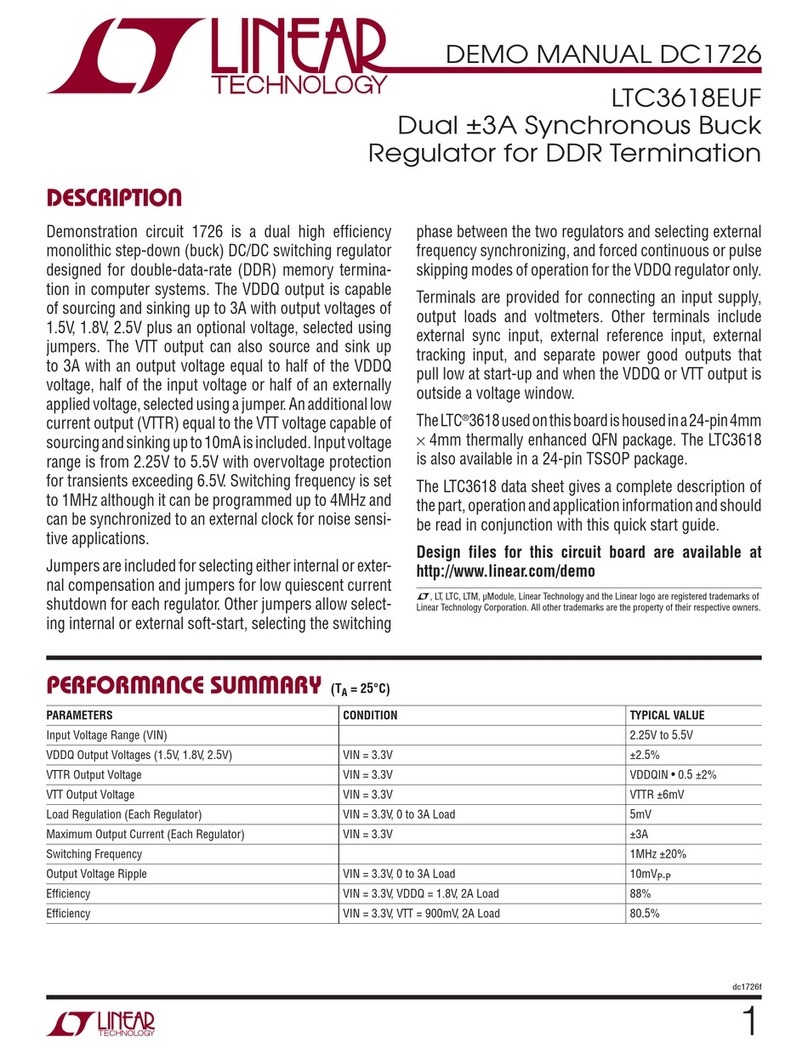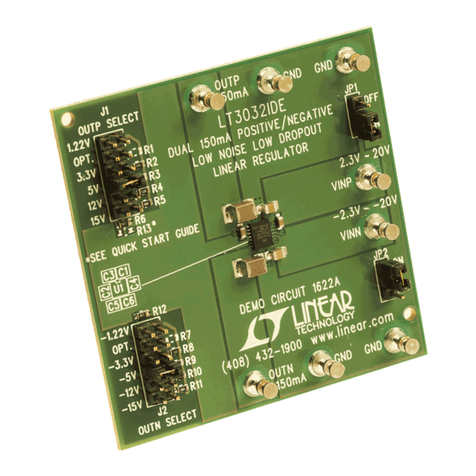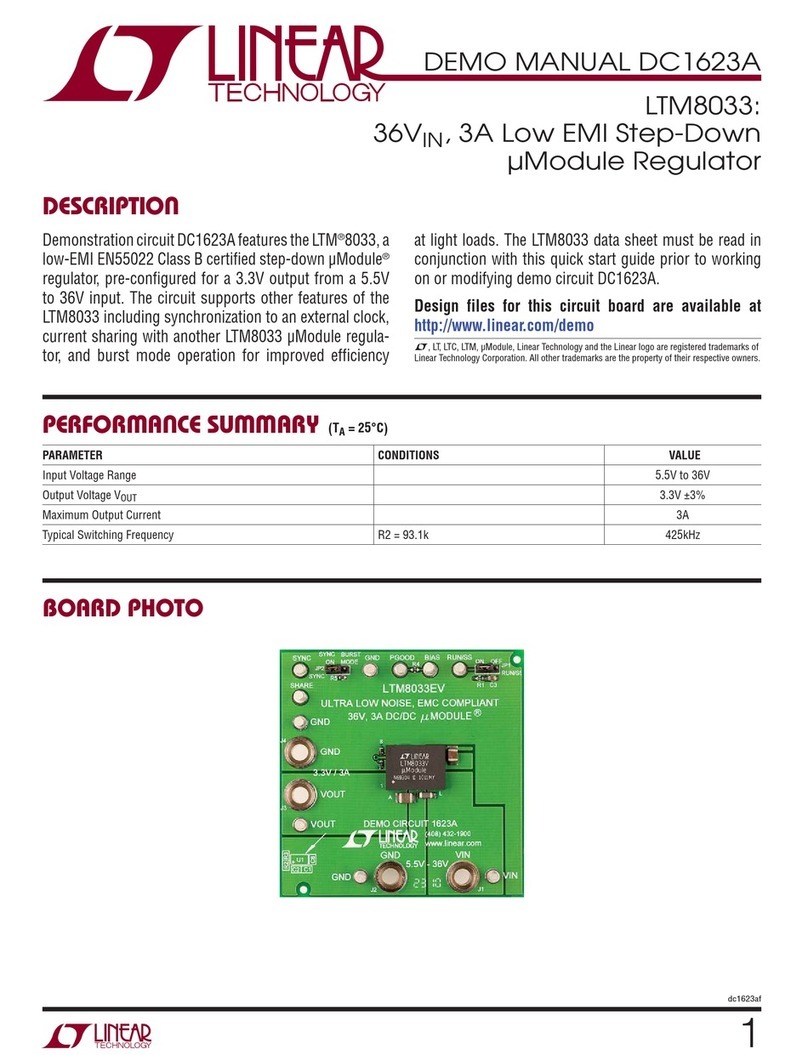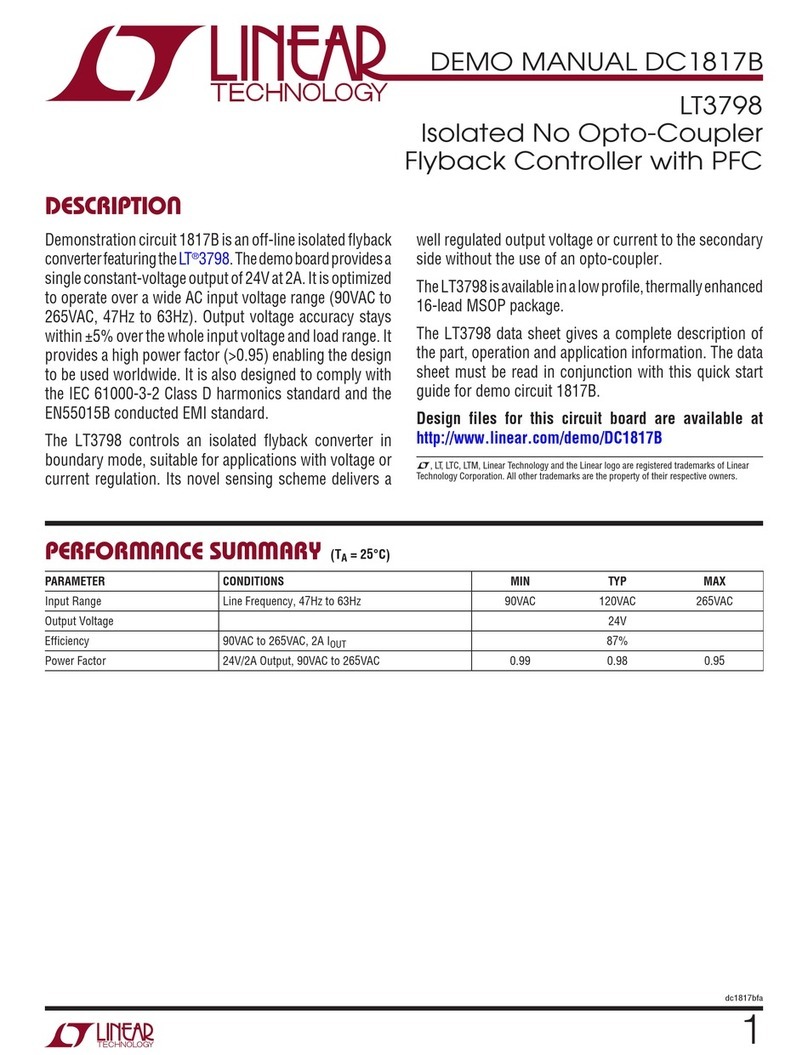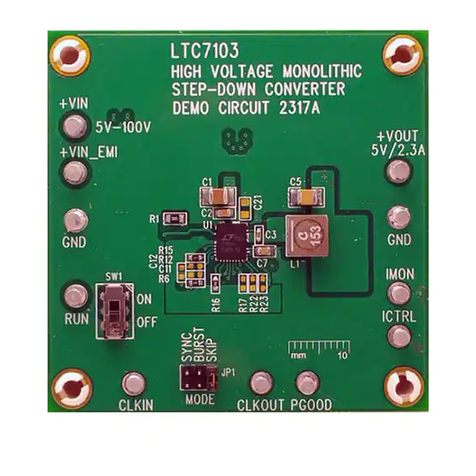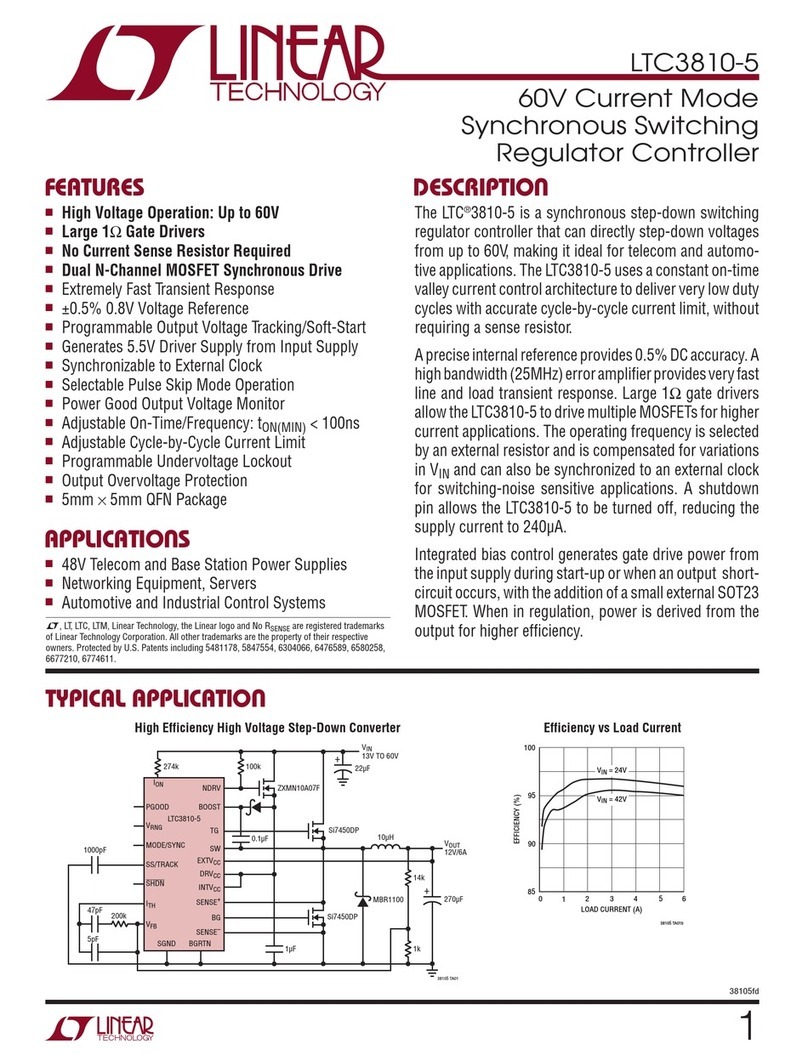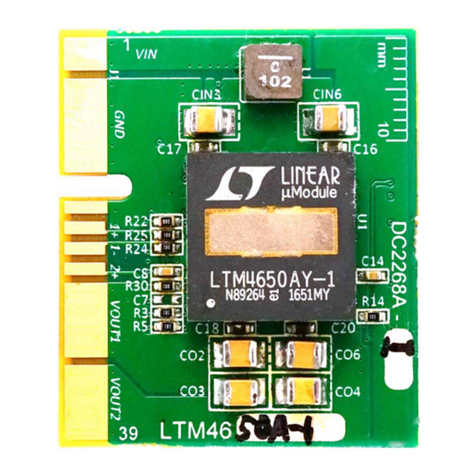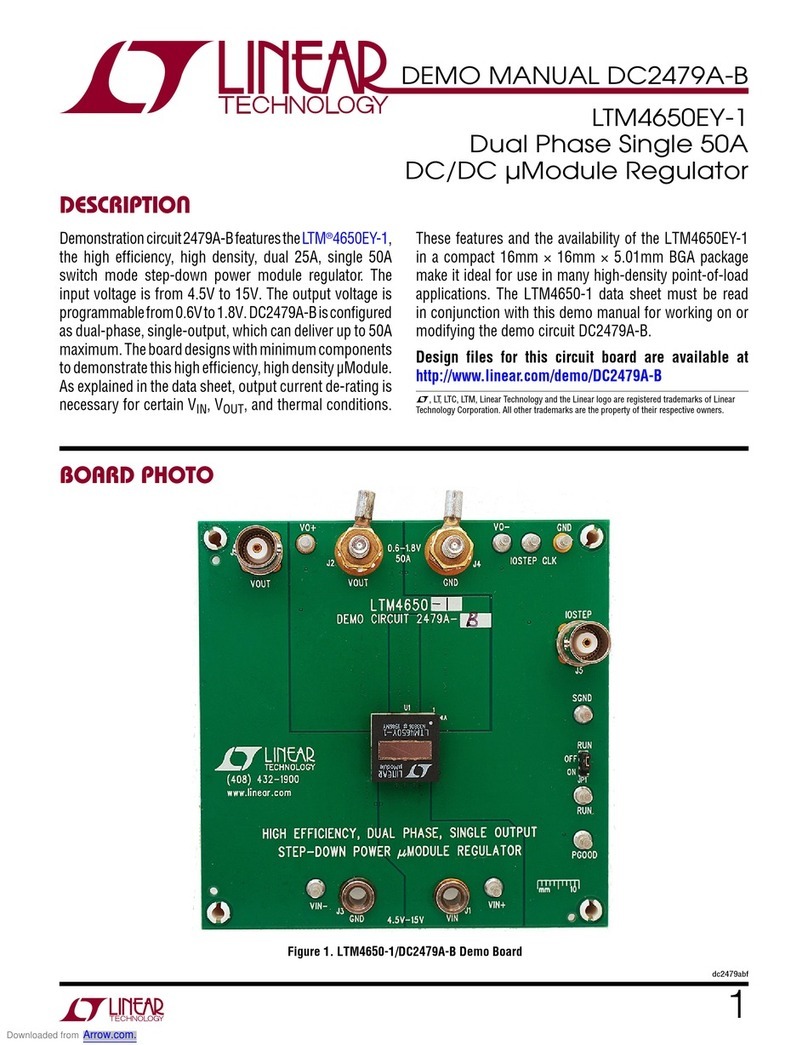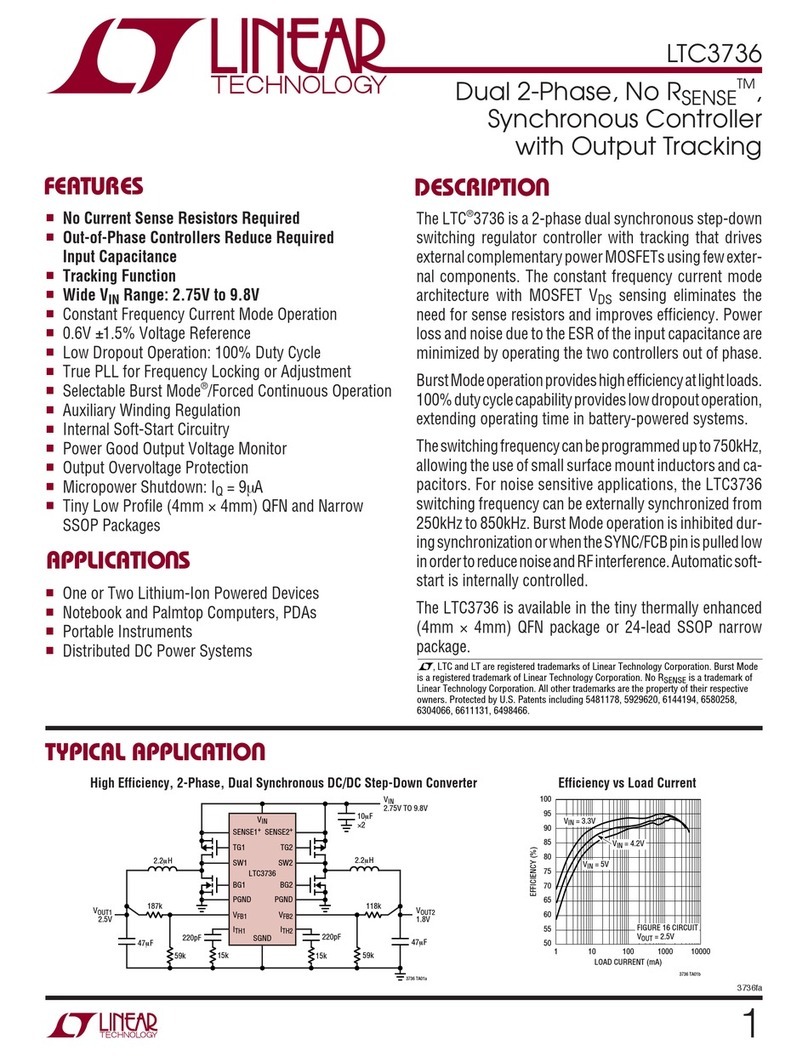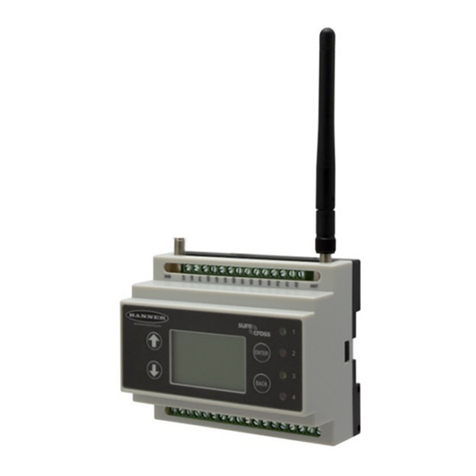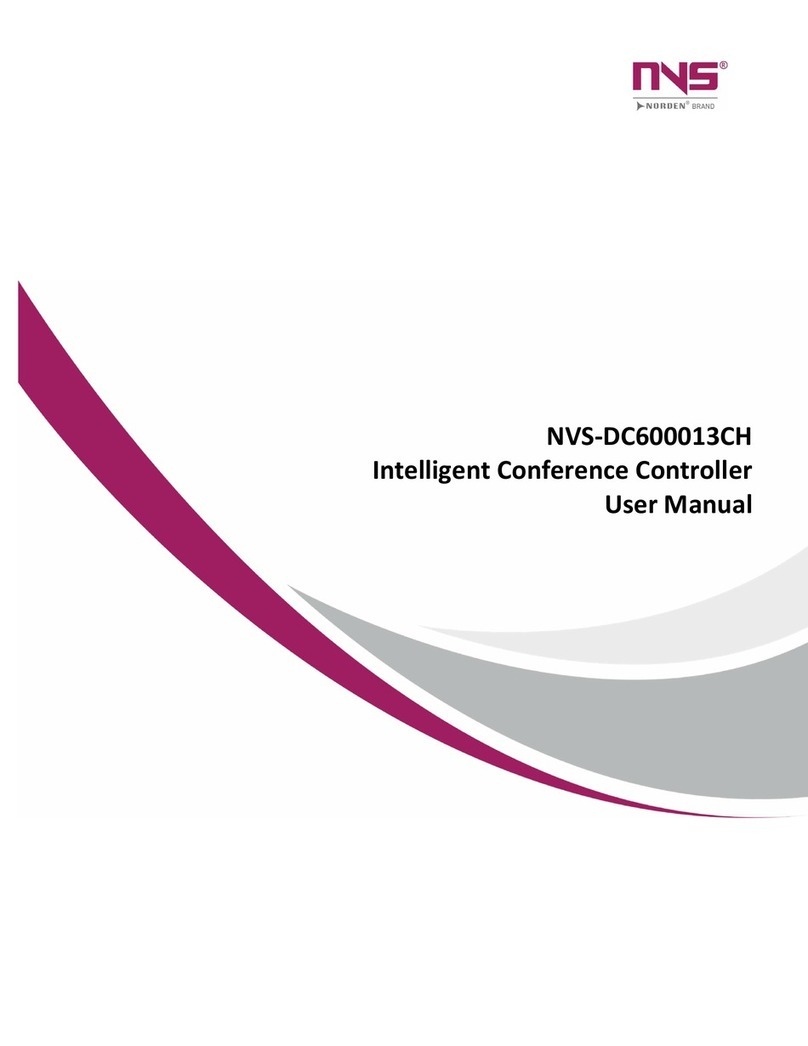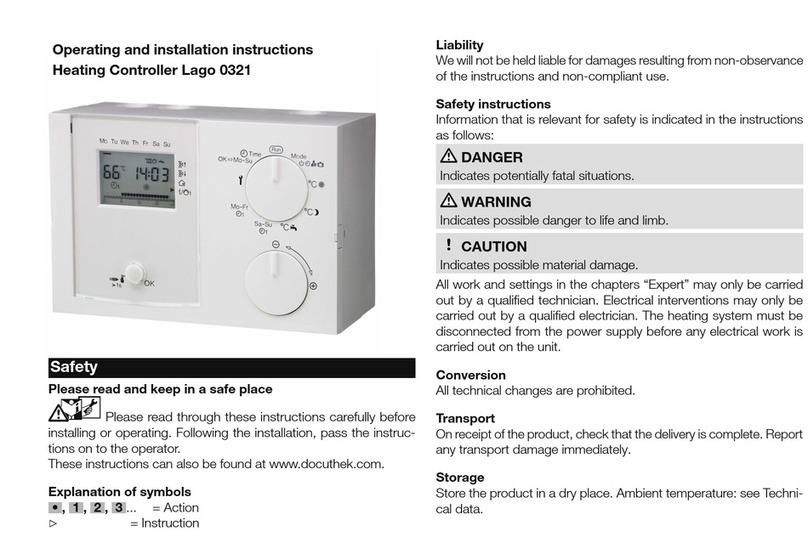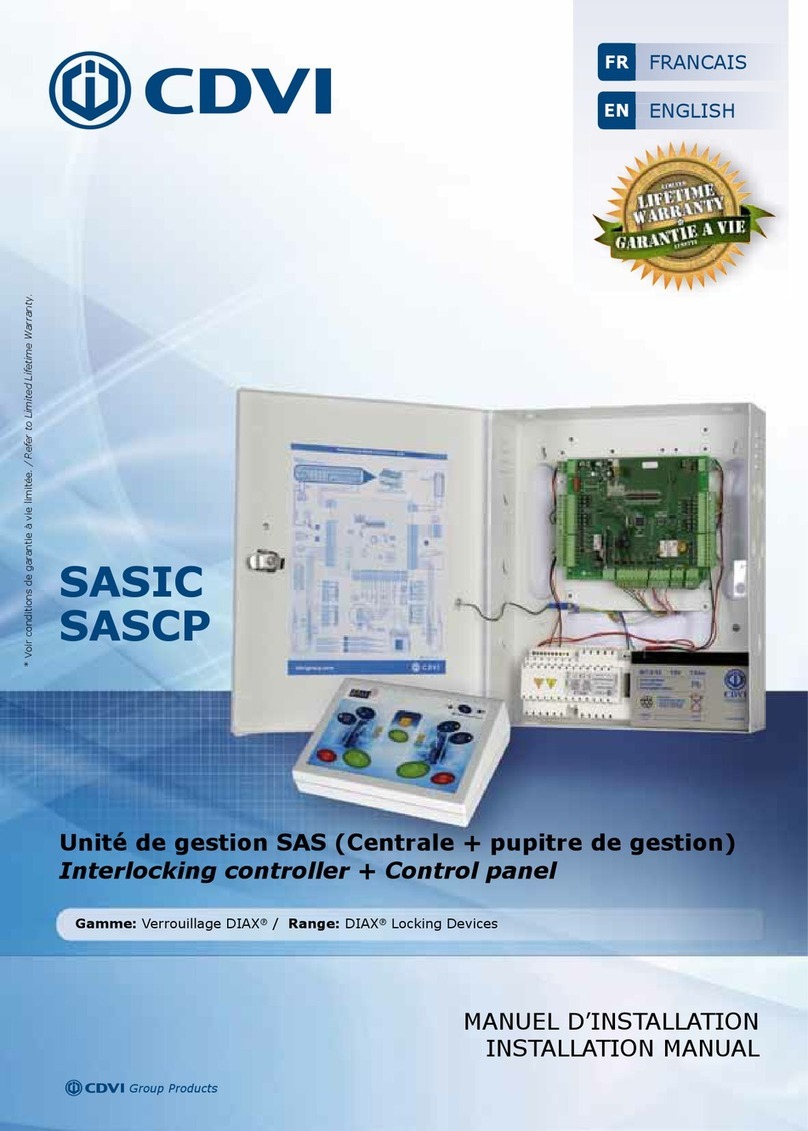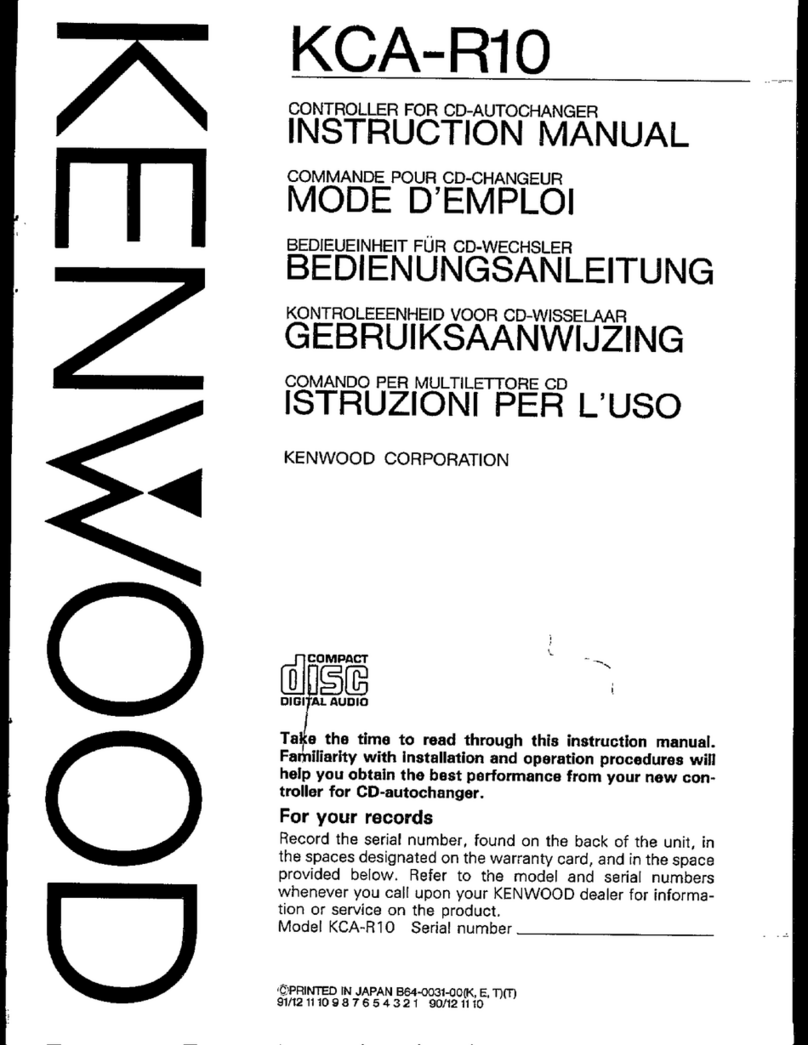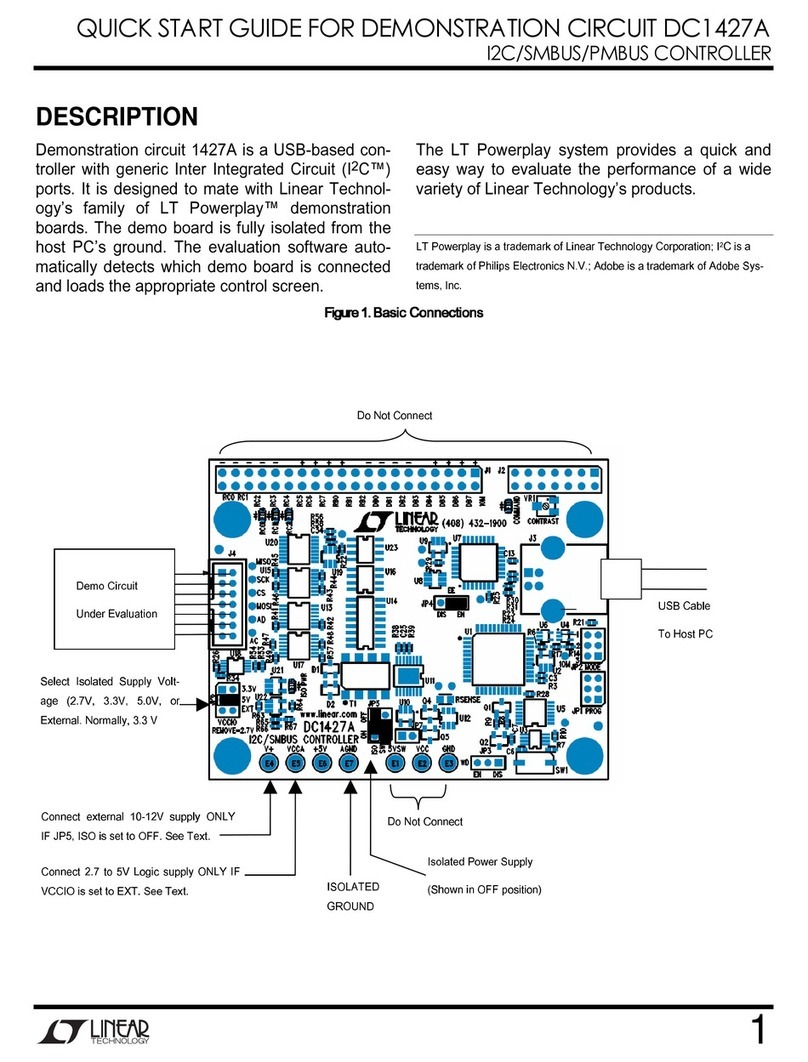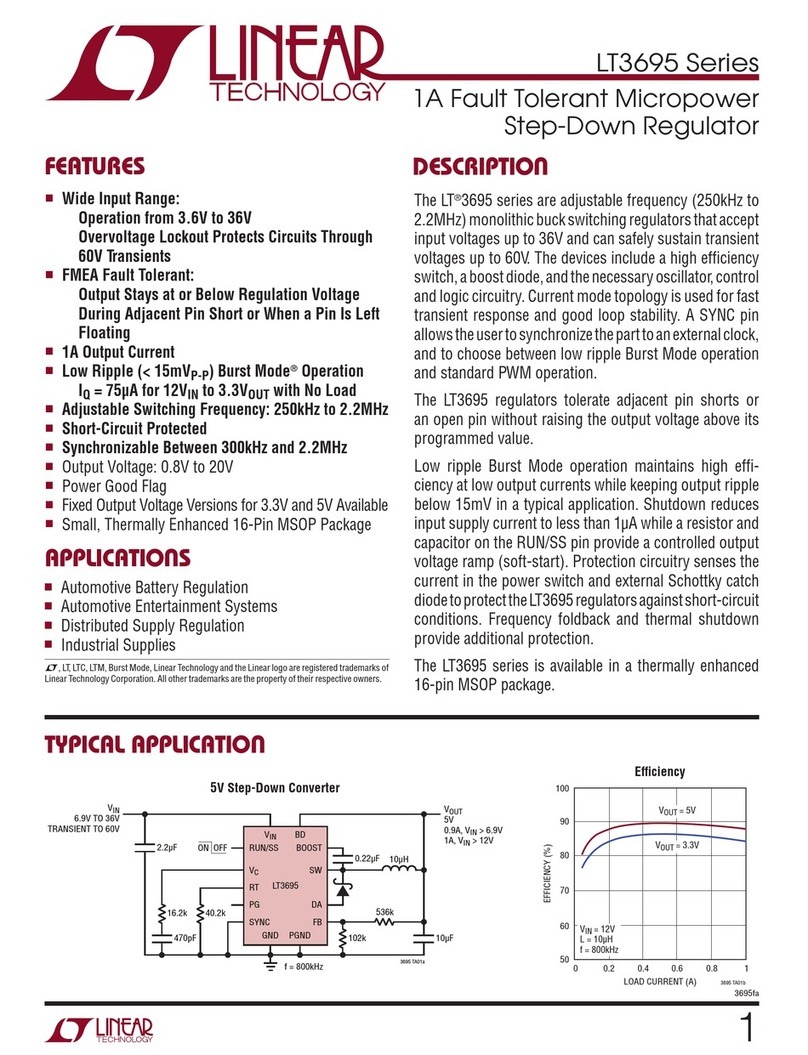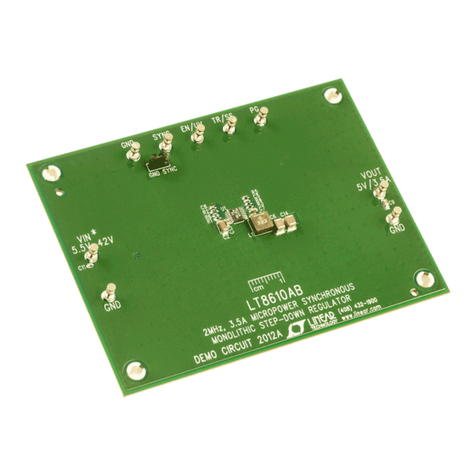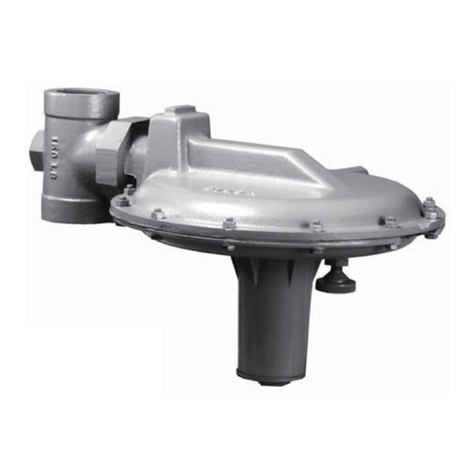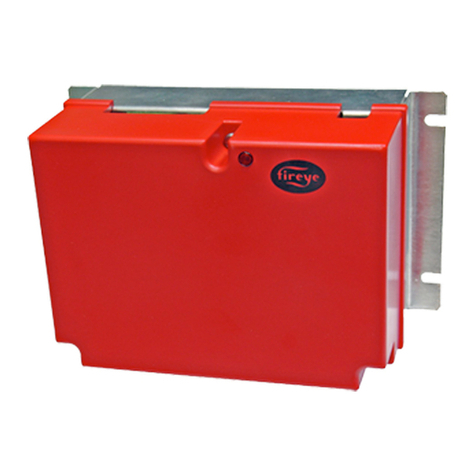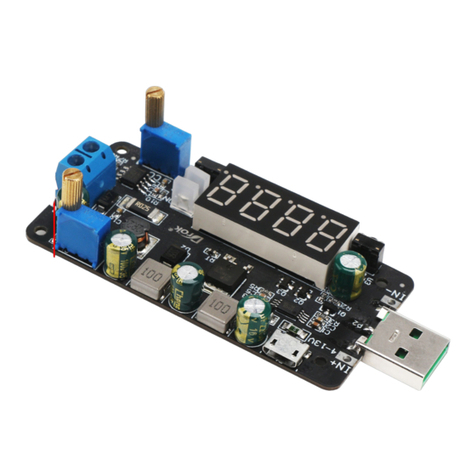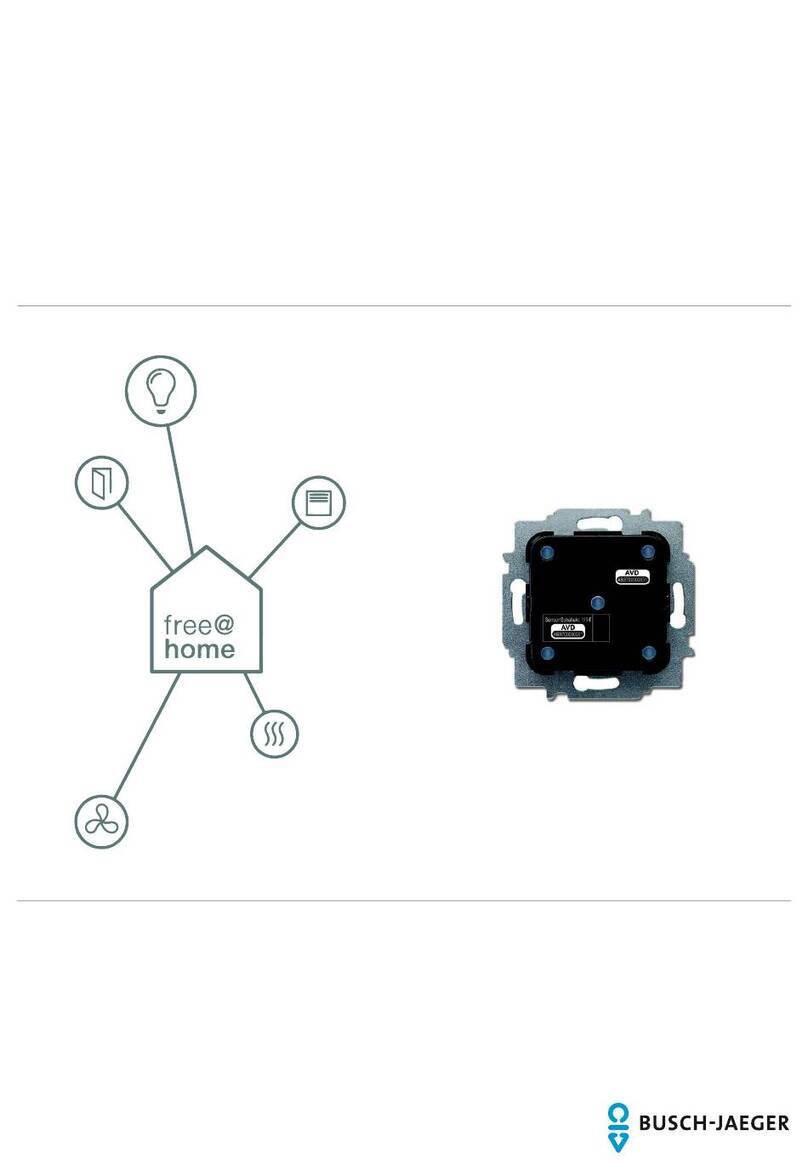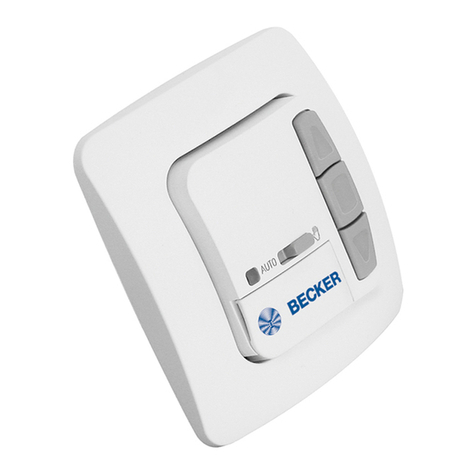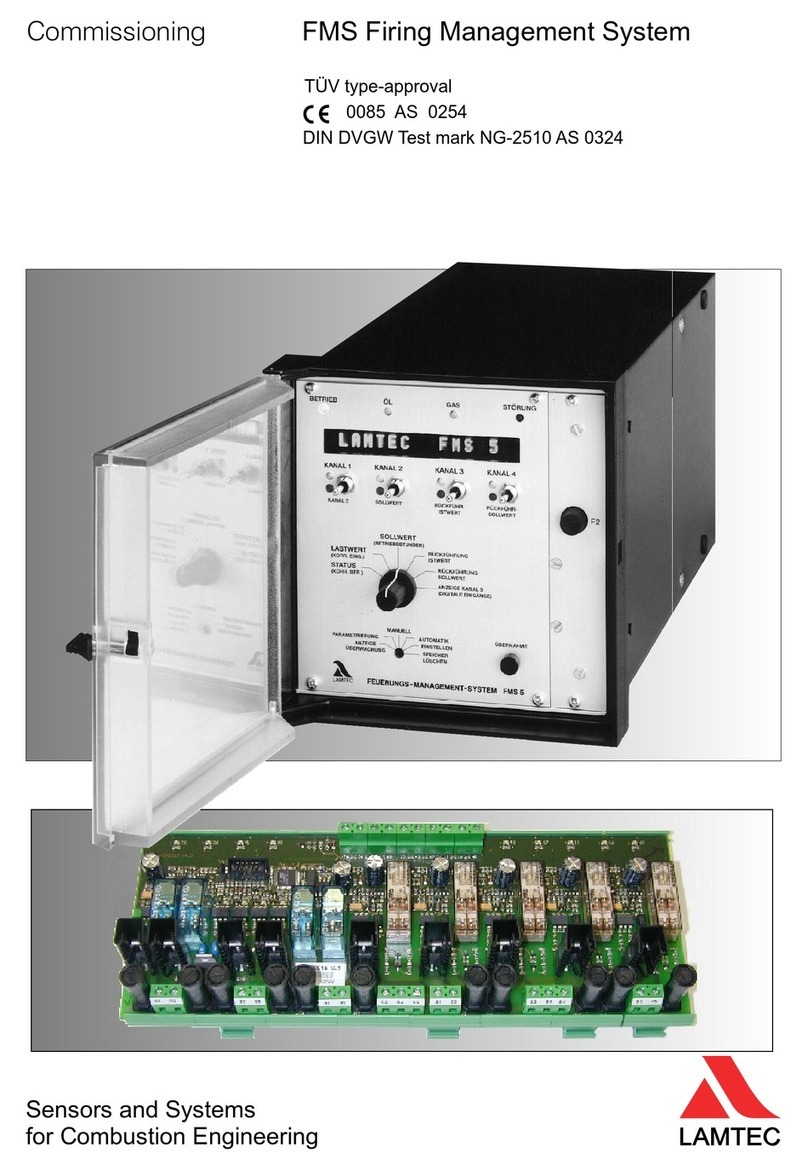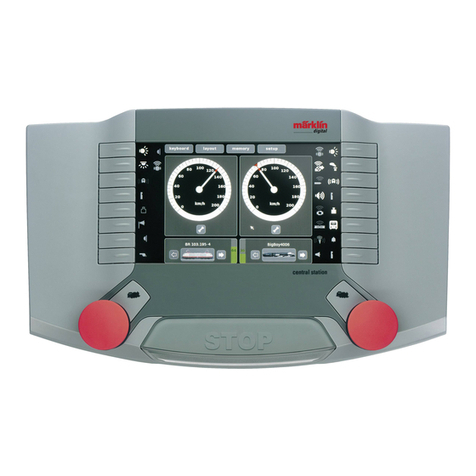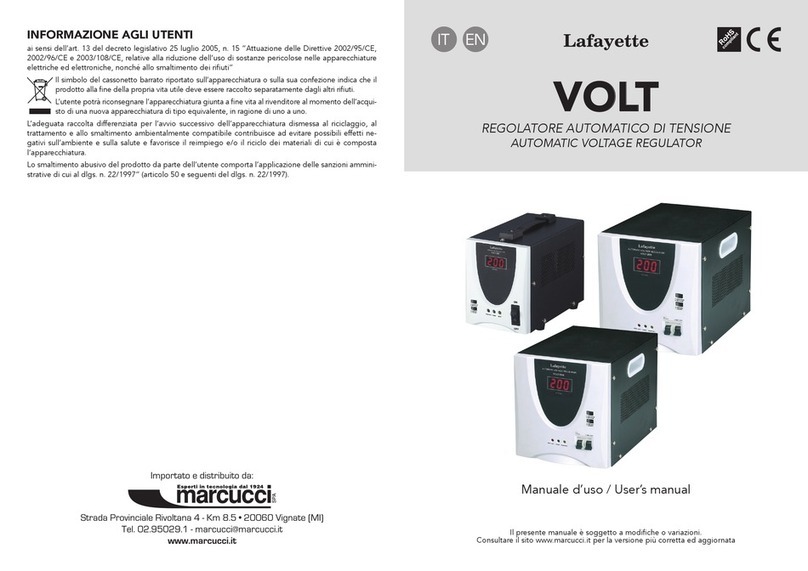
6
DEMO MANUAL DC116
HOT SWAP CONTROLLER
The demonstration board set, DC116, is easily set up for
evaluation of the LTC1421 IC. Please follow the proce-
dure outlined below for error-free operation.
• Connect the positive power supply with the lower
potential toV
CC
(TP9)andthehigheronetoV
DD
(TP8)
on DC116B. Connect the ground lead(s) to TP6. Do
not exceed 12.6V for either supply to ensure proper
operation of the LTC1421.
• Connect the negative power supply to V
EE
(TP7)
and GND (TP6) on DC116B. Do not exceed –12.6V
on V
EE
.
QUICK START GUIDE
• Connect the loads to outputs V
CC2
(TP8), V
DD2
(TP3)
and V
EE2
(TP2) on the DC116A board. Connect the
return side of the lead(s) to TP12 or TP16 (GND).
• Select the proper dip switches to monitor the outputs
and set the trip level for the RESET output.
• Applypower and insert the daughter board (DC116A)
intothesystembackplane(DC116B).Rockthedaugh-
ter board back and forth to ensure good connection.
• TheLEDswillturnontoindicatethestatusoftheinput
and output supplies as well as the circuit breaker.
OPERATIO
U
The circuit shown in the Schematic Diagram allows three
power supplies, V
DD
, V
CC
and V
EE
, to be safely inserted
into and removed from the backplane. V
CC
and V
DD
are
both positive supplies, whereas V
EE
is a negative supply.
The main supply to the LTC1421 is from V
CC
; its voltage
should be less than or equal to that of V
DD
. The nominal
voltages are 5V for V
CC
, 12V for V
DD
and –12V for V
EE
.
A 0.005Ωsense resistor (R1) sets the current limit to 10A
attheV
CC
output;R3(0.025Ω)sets the current limitatV
DD
to2A. The LTC1421 monitors the voltage acrossthe sense
resistors. When either voltage is greater than 50mV, the
internal charge pump is turned off immediately and both
thegatesandvoltageoutputsareactivelypulledtoground.
The circuit breaker function remains active until the push-
button switch (S2) is pressed and released or the power is
cycled.
The LTC1421 limits the inrush current through the
N-channel pass transistor by increasing the voltage on the
gate in a controlled manner. The transient surge current
(I = C
OUT
• dV
OUT
/dt) drawn from the main backplane
power supply can then be limited to a safe value. The ramp
slope is determined by a fixed internal current source
(20µA) and a ramp capacitor (C9) connected between the
RAMP and GATEHI pins. The voltage at GATEHI rises with
a slope equal to 20µA/C
RAMP
. The voltage at the GATELO
pin is clamped one Schottky diode drop below GATEHI.
The negative supply voltage can be controlled using the
CPON pin. When the board makes a connection, the
N-channel pass transistor, Q2, is turned off by R4. CPON
is also pulled down to V
EE1
. When the charge pump is
turnedon,CPONispulledtoV
CC1
andthegateofQ2ramps
up with a time constant determined by R4, R5 and C2.
When the charge pump is turned off, CPON goes into high
impedance state; the gate of Q2 is then discharged to V
EE1
witha time constant determined byR4 andC2 and then Q2
turns off. There is no circuit breaker or current-limit
feature on the negative supply.
Power N-Channel MOSFET
External N-channel pass transistors are used to route the
power from the system power supply to the plug-in board.
An MTB50N06E from Motorola is used for the V
CC
output
and two 8-lead, surface mounted NFETs from Siliconix
(Si4410DY) are used for V
DD
and V
EE
. A number of similar
N-channelMOSFETs,availablefromdifferentmanufactur-
ers, are also well-suited for this type of application. As a
generalrule, selecttheMOSFET withthe lowestR
DS(ON)
to
get the smallest voltage drop across it at the maximum
output load.
Downloaded from Arrow.com.Downloaded from Arrow.com.Downloaded from Arrow.com.Downloaded from Arrow.com.Downloaded from Arrow.com.Downloaded from Arrow.com.












